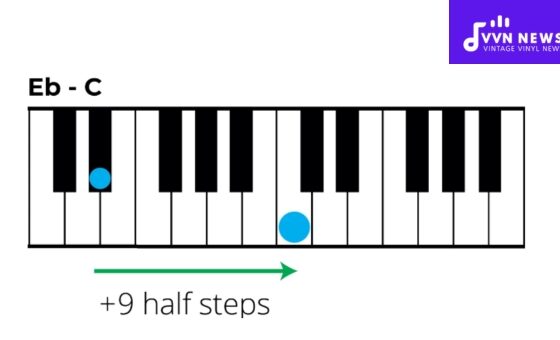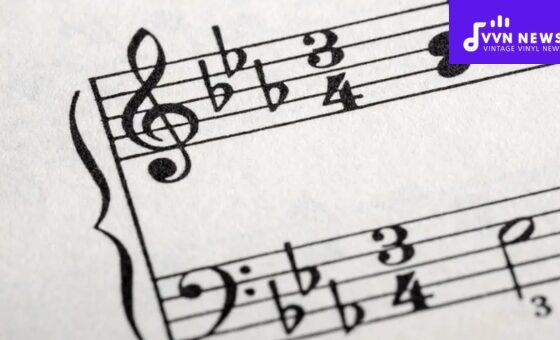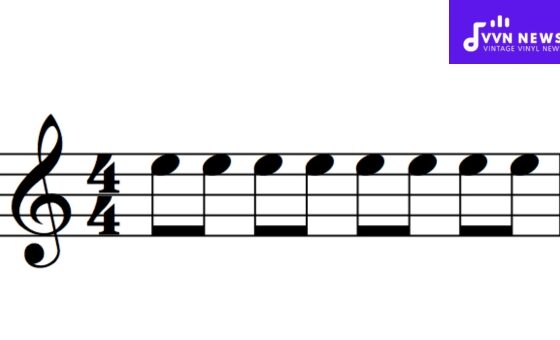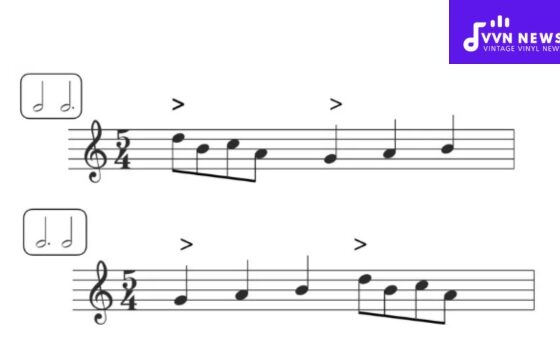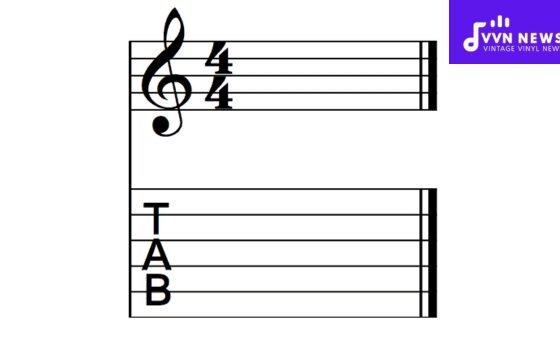Music, they say, is a universal language. It transcends borders and cultures, creating connections where words alone may fail.
It’s fascinating how specific music genres rise in popularity and reach every corner of the world, constantly in unexpected ways. Such is the case with Russian meme music.
This form of playful expression has captured the hearts and tickled the funny bones of Russia’s denizens and people worldwide.
Through the age-old culture of storytelling blended with modern digital platforms, Russian meme music has quickly leaped from local YouTube channels to international playlists.
It’s a fascinating blend of traditional tunes, modern beats, humourous lyrics, and a hefty serving of internet culture.
Let’s delve into this intriguing world to closely examine its unique characteristics and uncanny ability to capture our collective online attention.
Russian Meme Music

In recent years, the global landscape has been introduced to a unique soundtrack that fills the air with lighthearted and genuinely fun energy: Russian meme music.
This genre has transcended its origin, storming the international stage with tunes you will likely encounter in animated GIFs, funny video compilations, and memes.
The Iconic Trololo Song
One of the flagship pieces of this exciting genre is undoubtedly Eduard Khil’s Trololo Song.
Released in 2011, this song quickly found its way onto the viral superhighway, accumulating millions of views on YouTube.
This phenomenon had grown so much that it spawned The Trololo Man as a widely recognized internet celebrity.
Khil’s mesmerizing vocal gymnastics combined with his nostalgic presentation style has turned this seemingly ordinary tune into an international meme sensation.
From Dubsmash videos to Lip Sync battles, the Trololo Song continues to be one of those unexpected cultural markers making up our modern global soundscape.
It’s an essential cornerstone of Russian meme music – a testament to how music and internet culture can intertwine, create connections, and humorously make our world feel just a little bit smaller.
Also Read: 30 Best Father And Daughter Dance Songs [Memorable Moments]
Narkotik Kal
Hard Bass School · 2012
After experiencing the “Trololo Song,” my subsequent encounter with Russian meme music revolved around a masterpiece named – Narkotik Kal – released in 2012 by Hard Bass School.
This track moves away from the nostalgic tones of Khil and blends electronic beats with humorous innuendos about Russia’s colder climate.
Narkotik Kal often appears in memes and funny montages representing the so-called ‘Gopnik,’ or post-Soviet gangster, culture in Russia.
Hood-wearing characters in sports tracksuits, generally squatting and eating sunflower seeds – are often seen bobbing their heads to this beat.
Stuffed full of looping electronic rhythms and a booming bassline that promises to get your heart pumping, Hard Bass School’s Narkotik Kal represents a side of Russian music pumping with pure energy.
National Anthem Of The USSR (Alexandrov)
The Alexandrov Ensemble · 2002
Equally captivating, albeit for different reasons, comes the National Anthem Of The USSR (Alexandrov).
Produced by The Alexandrov Ensemble in 2002 – more than a decade after the dissolution of the Soviet Union – this version serves as a proud musical monument to a bygone era.
The use of this song in memes is typically ironic or nostalgic. Sometimes, it appears when there’s content involving old Soviet footage or modern content embodying stereotypical cold-war Russian character tropes.
Despite its profound origins, its presence in contemporary internet culture signals an exciting form of cross-temporal humor made possible through digital spaces.
Cyka Blyat
Fast-forward to 2021, and we have DJ Blyatman’s Cyka Blyat, an aural experience that takes the energy of Narkotik Kal and gives it a timely, modern twist.
The phrase ‘Cyka Blyat’ is typically used in (often humorous) situations involving frustration or disbelief.
This song is a cauldron of pure electronic dance music vibes mixed with DJ Blyatman’s comedic approach to music production.
It reflects the swift evolution of Russian meme music, highlighting the genre’s ability to adapt to different eras while retaining its roots.
Russian meme music can become an exciting musical trip across culture and history.
Each track listed above caters to different moods while carrying the distinctive flag of this genre – humor, nostalgia, and a certain amount of self-deprecation.
Also Read: 14 Top Mother And Son Dance Songs [Create A Magical Moment]
Meanwhile in Russia (Take Me to Russia)
XS Project, known for their high-energy tracks, skyrocketed to the forefront of Russian meme music with their viral sensation – “Meanwhile in Russia (Take Me to Russia).”
Released in 2018, this song perfectly encapsulates the energy and peculiarity inherent to the genre.
Drawing its roots from Hard Bass, a subgenre of electronic music popular in Eastern Europe, the track blares relentless bass beats that perfectly sync with the outlandish visuals depicted in the corresponding music video.
The song layered over incessant foot-stomping and industrial tones, creates a hypnotic rhythm – a signature characteristic of Hard Bass.
Lyrically, it’s as eccentric as you might have come to expect from Russian meme music.
The title is a nod toward an oft-used phrase on internet communities when bizarre, typically out-of-context photos or videos from Russia are shared.
It does not just provide beats; it offers glimpses into snippets of life halfway around the globe, all served alongside pulsating rhythms and infectious tunes.
Chum Drum Bedrum
Yet another intriguing addition to this constantly expanding world of Russian Meme Music is “Chum Drum Bedrum.”
This offbeat tune is often attributed to Vitas, who rose to online fame due to his iconic dolphin-like vocal propensities and distinct style but has been shrouded under the title “weird Russian singer” due to an unknown initial source.
The song starts slightly ominous before breaking into a rapid-fire collection of strange but oddly catchy wordplay.
The song’s rhythm captures attention within seconds of listening. One might find themselves tapping along despite not understanding a single word!
What sets “Chum Drum Bedrum” outside conventional norms is its ability to intrigue listeners and create curiosity about its origins – A classic example of how meme culture retains its element of surprise.
Putin, Putout
An essential mention in any serious discussion about Russian meme music is the satirical masterpiece, “Putin, Putout,” released in 2016 by Slovenian actor, singer, and comedian Klemen Slakonja.
This song/music video, featuring a costumed caricature of Russia’s President Vladimir Putin, parodies the style of political drama with humorous overtones.
The lyrics include numerous innuendos referencing key events and narratives concerning Putin’s leadership.
It quickly seized the internet’s attention due to its clever lyrics, catchy tune, and unmistakable comedic tone.
The existence of “Putin, Putout” – a song that uses humor to comment on Russian politics – illustrates how Russian meme music evolves to capture cultural moments and societal observations.
Also Read: 14 Most-Streamed Songs Of All Time On Spotify [The Greatest Hits]
The 7th Element
Syncopated synth beats and a melody body-slamming you right back into the turn of the millennium – that’s Russian artist Vitas’ masterpiece, The 7th Element.
In 2001, Vitas was astounded by his enchanting falsetto and fantastically quirky video for this song, pushing him into the limelight.
This otherworldly musical piece offers an effortless blend of techno-pop sounds layered beneath Vitas’ hypnotic voice as he delicately oscillates between low baritone notes and screeching high pitches.
Despite the track being primarily in Russian, The 7th Element has cultivated a significant fandom worldwide.
The music video, featuring a future-inspired aesthetic paired with Vitas’ eccentric performance, has garnered more than 170 million views on YouTube alone.
Memorable elements such as his alien-like outfit and flamboyant expression took The 7th Element from being just another song to an international meme.
‘Vita’s meme compilations’ are easily accessible online platforms packed with humorous remixes that continue to breathe life into this enduring meme phenomenon.
Tri Poloski (Three Stripes)
Esthetics aside, Russian meme music also possesses powerful beats that can quickly get anyone on their feet. A prominent example is Tri Poloski by Davay, released in 2016.
Known as Three Stripes, this song premiered deep in the heart of Russia’s hardbass scene but quickly spread to every corner of the globe.
Davay’s Tri Poloski embraces uniquely energetic balances by integrating dance music characteristics with catchy lyrical humor, forming a total earworm of a tune.
As reflected in its music video and subsequent meme renditions, the lyrics narrate a comedic love story for iconic Adidas fashion items.
It captivates listeners with foot-tapping beats and resonates with an audience appreciating off-beat humor.
Russian Song
The Russian Song by Adaen, launched in 2016, is another sensation that has taken hold globally. This multi-instrumentalist creates a melodic rock journey infused with lyrical genius.
Despite its essential title, Russian Song brings together creative storytelling with rappel-like rhythms.
Adaen’s unmistakable vocals, underscored by the robust melodic framework, create an immersive listening experience that seals it as an outstanding Russian meme song.
Its uniqueness has even led to various covers, testifying its broad popularity.
Don’t condemn these tracks as simple ear candy just yet. Remember: music is a powerful communication medium in all its forms and styles – even if it comes wrapped up in humor and internet memes.
Russian meme music may be silly, but its ability to transcend cultural boundaries cements it as a uniquely powerful vehicle for global connections.
Also Read: 20 Easy Flute Songs [Beginner-Friendly Pieces To Master]
FAQs About Russian Meme Music
What is Russian Meme Music?
Russian meme music is a combination of traditional and modern music, often humorously set to amusing lyrics that have become popular subjects in internet memes.
How did Russian meme music gain popularity?
With the rise of digital platforms like YouTube, this genre reached global audiences through amusing videos and internet jokes gaining a massive following.
Who is known as the “Trololo Man”?
The “Trololo Man” refers to Eduard Khil, a Russian artist who inadvertently gained internet fame with his unique performance in the song popularly known as the “Trololo Song”.
Is all Russian Meme Music humorous?
While humor plays a significant role in many songs, not all Russian meme music is humorous. Some songs are mainly enjoyed for their catchy rhythms or unique soundscapes.
Where can I listen to Russian Meme Music?
You can find compilations of Russian Meme Music on platforms including YouTube. There are also various playlists dedicated to this genre on Spotify and other music streaming sites.
Conclusion
Russian meme music epitomizes the spirit of our times – a fusion of tradition, modern technology, and a global sense of humor.
It proves that music can break cultural barriers and bring us closer together.
Whether you’re tapping your feet to the beat of the “Trololo Song” or sharing a quick laugh over a witty meme, these melodious creations continue to entertain and connect us in unexpected ways.
The universal language has found another unique dialect – one strung together by beats, bass lines, laughter, and the near-infinite canvas of online creativity.




